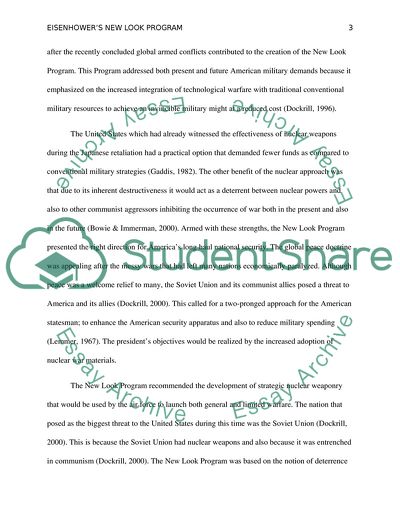Cite this document
(Right Direction for Americas Long Haul National Security Research Paper, n.d.)
Right Direction for Americas Long Haul National Security Research Paper. Retrieved from https://studentshare.org/social-science/1834948-was-eisenhowers-new-look-program-the-right-direction-for-americas-long-haul-national-security-thesis
Right Direction for Americas Long Haul National Security Research Paper. Retrieved from https://studentshare.org/social-science/1834948-was-eisenhowers-new-look-program-the-right-direction-for-americas-long-haul-national-security-thesis
(Right Direction for Americas Long Haul National Security Research Paper)
Right Direction for Americas Long Haul National Security Research Paper. https://studentshare.org/social-science/1834948-was-eisenhowers-new-look-program-the-right-direction-for-americas-long-haul-national-security-thesis.
Right Direction for Americas Long Haul National Security Research Paper. https://studentshare.org/social-science/1834948-was-eisenhowers-new-look-program-the-right-direction-for-americas-long-haul-national-security-thesis.
“Right Direction for Americas Long Haul National Security Research Paper”, n.d. https://studentshare.org/social-science/1834948-was-eisenhowers-new-look-program-the-right-direction-for-americas-long-haul-national-security-thesis.


